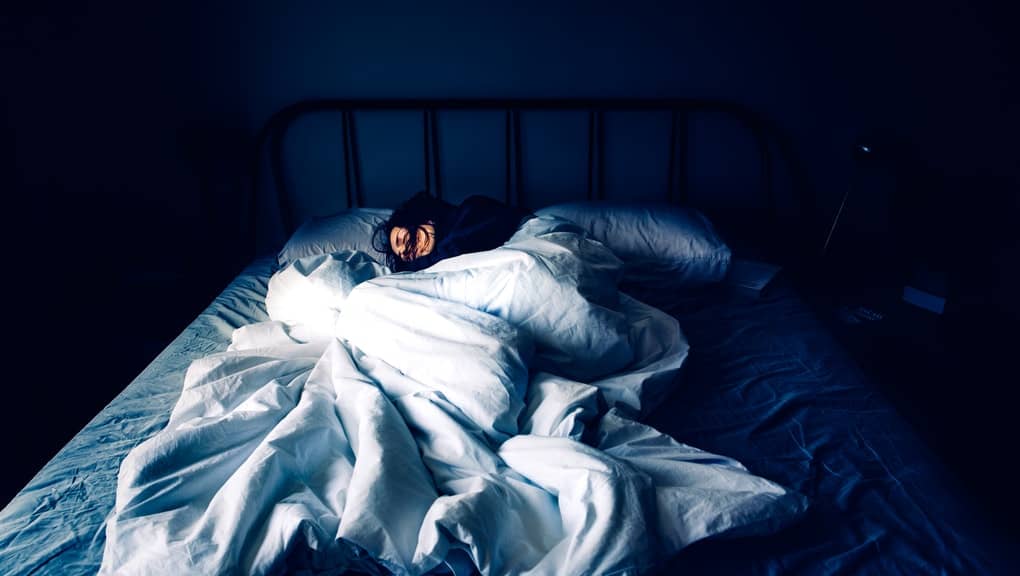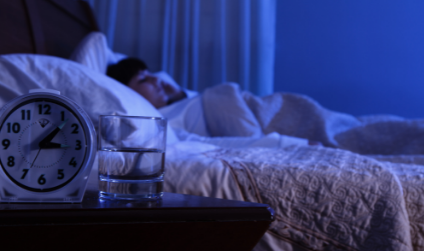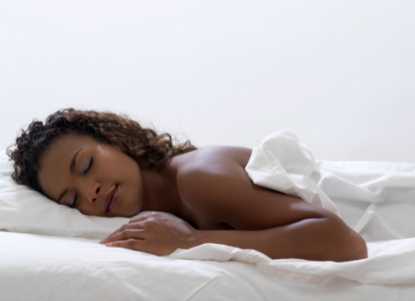
Ever felt strangled in your sleep? Ever felt a seemingly evil presence in the room, sniffing out the air and voice out of your lungs that you couldn’t scream for help or even stand up from the bed? The memory of which was too vivid to be called a dream? Hello to Sleep Paralysis!
What’s more? There are a lot of common misconceptions about sleep paralysis.

To put it in the simpliest of terms, sleep paralysis is a dissociative state in which an individual, upon going to sleep or waking up, temporarily loses the ability to speak or move. It might be accompanied by frightening or fantastic hallucinations.
Episodes of sleep paralysis usually lasts for few seconds or minutes, with an average duration of three to five minutes. In most cases, the individual is aware of his inability to speak or move. It can affect individuals of various age range whether in adulthood, adolescence or childhood.
Usually, it starts between the ages of 7-25, but may begin earlier or later than that. The frequency of occurrence varies from person to person.
There has been a lot of mythical explanations to what causes sleep paralysis or what happens during sleep paralysis. Very often, it is interpreted from a metaphysical perspective by different societies, based on their belief system. Hence, a lot of individuals, in spite of their level of education, still allude its occurrence to spirituality.
If you are still unsure about the remote cause of sleep paralysis or have your belief of its happening tilting towards the metaphysical realm, this article is geared towards answering most of the questions you may have on the subject matter.
This elaboration is done in the following stages:
Several myths have been associated with the condition of sleep paralysis, depending on the religious or cultural belief system of the region. These misconceptions and superstitions cut across Africa to Europe; America to Asia. For instance, there is a widely believed myth in Brazilian folklore which attempts to explain sleep paralysis.
The people alludes sleep paralysis to a crone called Pisadeira which has long fingernails and usually lurks on roofs at night in order to trample on the chest of people who sleep on a full stomach with the belly up.
In ancient Greek mythology, sleep paralysis is thought to be a result of the presence of Aphrodite ( the goddess of sex) enticing people while they sleep. In some other western cultures, the people describe it as an alien invasion. Japanese culture interprets it as a vengeful spirit planning to suffocate their enemies.
Bringing it close to home, in Africa, many believe it is the presence of demons in their rooms either harassing them sexually or suffocating them. Matter of fact, the common parlance of “being pressed by witches and wizards” often refer to an experience of sleep paralysis.
Animals like owls or wall geckos are believed to harbour evil spirits that try to destroy sleeping victims at night. It is important to note that on a rare note though, some also interpret the out of body experience, as the presence of angels, taking them on a revelatory tour which may even be considered positive by the patient.
Therefore, sleep paralysis is a significant example of how a specific biological phenomenon can be interpreted and shaped by different cultural contexts. This further emphasizes the need to explore the subjective aspects of a patients’ illness and experience.
It is a parasomnia and like other parasomnia, shouldn’t be considered as shameful. Stigma should be discouraged and individuals should be encouraged to speak up and seek care, as successful management is possible. But for this to happen, the public should be sensitized that sleep paralysis is a temporary medical condition and not a spiritual attack.
This is why this article equally exposes the truth about sleep paralysis through an in-clear exploration of what it encompasses from the standpoint of science.

Not a lot is known about sleep paralysis, but researchers have been able to study the patterns of its occurrence, propounded theories around the condition and have come to helpful conclusions that will help individuals deal better with its symptoms and impacts, and possible ways to manage it.
Medically, this sleep paralysis is characterized by atonia (a temporary loss of muscle control) with or without hallucinations. It is often considered a sleep disorder associated with abnormal behaviour during sleep as it is associated with Rapid Eye Movement (REM) sleep.
Typically, in REM sleep, there are vivid and richly emotional visual events experienced during sleep, called dreams. This is usually associated with changes in vital signs such as blood pressure, respiratory rate and heart rate. Except for vital organs (e.g., heart and lung muscles) and genitals, the body as a whole is paralyzed during REM sleep, via inhibitory neurotransmitters such as glycine, preventing the individual from performing “in real life” the imaginary movements that they make when dreaming.
However, under normal circumstances, this atonia is oblivious to the individual and ends upon waking up, so a person never becomes conscious of this inability to move. In sleep paralysis, the atonia and mental imagery of REM sleep occurs while the person is yet to fall deeply into sleep or seems to persist as the person wakes up.
Thus, in sleep paralysis, the brain falls back to an activity pattern similar to when individuals are awake, but their muscles remain in the typical REM sleep state, thereby making subjects feel as though they have awakened, and yet are unable to move. This can be very frightening for the individual especially when accompanied by hallucinations, as seen in 75% of cases of sleep paralysis.
The exact cause is unknown but certain conditions have been found by researchers to increase the risk. Some of these factors nclude;

Having difficulty falling asleep, read our article on 5 Easy Ways to Improve Your Sleep Hygiene
Sleep paralysis is more common in women than in men and affects individuals who sleep in supine sleeping position more. It usually occurs with hallucinations which may fall into any of these three categories:
As earlier noted, sleep paralysis is generally classified as a benign condition and usually does not happen frequently enough to cause significant health problems, but may cause significant emotional burden when recurrent or associated with frightening hallucinations.
It may lead to anxiety or an aversion for bedtime, reducing time allotted for sleep and the reduction of good /quality sleep with its attendant consequences on the health of the individual. Minority of individuals have more pleasant or even blissful hallucinations. The perceptions of these vary significantly, based on the individuals’ cultural context.
Usually not considered as a serious medical condition, managing sleep paralysis is something that can be done on one’s own without necessarily involving a physician, except in extreme cases or a high frequency of occurrence. Sleep paralysis can be managed by identifying and addressing the underlying problems that may be contributing to the frequency or severity of episodes such as narcolepsy, sleep apnea or mental health issues.
Individuals who experience sleep paralysis are better able to manage the condition if it is acknowledged or normalized when they talk about it. Therefore, their anxiety should be allayed and they should be encouraged to seek care.
Another great way to manage this is to improve the quality of one’s sleep by cultivating healthy sleep habits. Hence, Improving Sleep Hygiene may help to reduce the frequency of sleep paralysis as people who are sleep deprived enter REM very quickly, which means they might still be awake as their body gets paralyzed.
If you found this article helpful, you may also like Sleep Disorder: Causes and Remedies of Insomnia
healthcareFebruary 27, 2025
healthcareNovember 7, 2024
healthcareNovember 7, 2024
MedicationNovember 25, 2024
NutritionFebruary 5, 2025
MedicationFebruary 5, 2025








